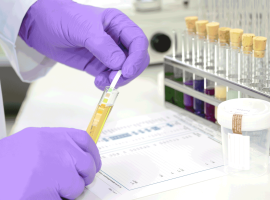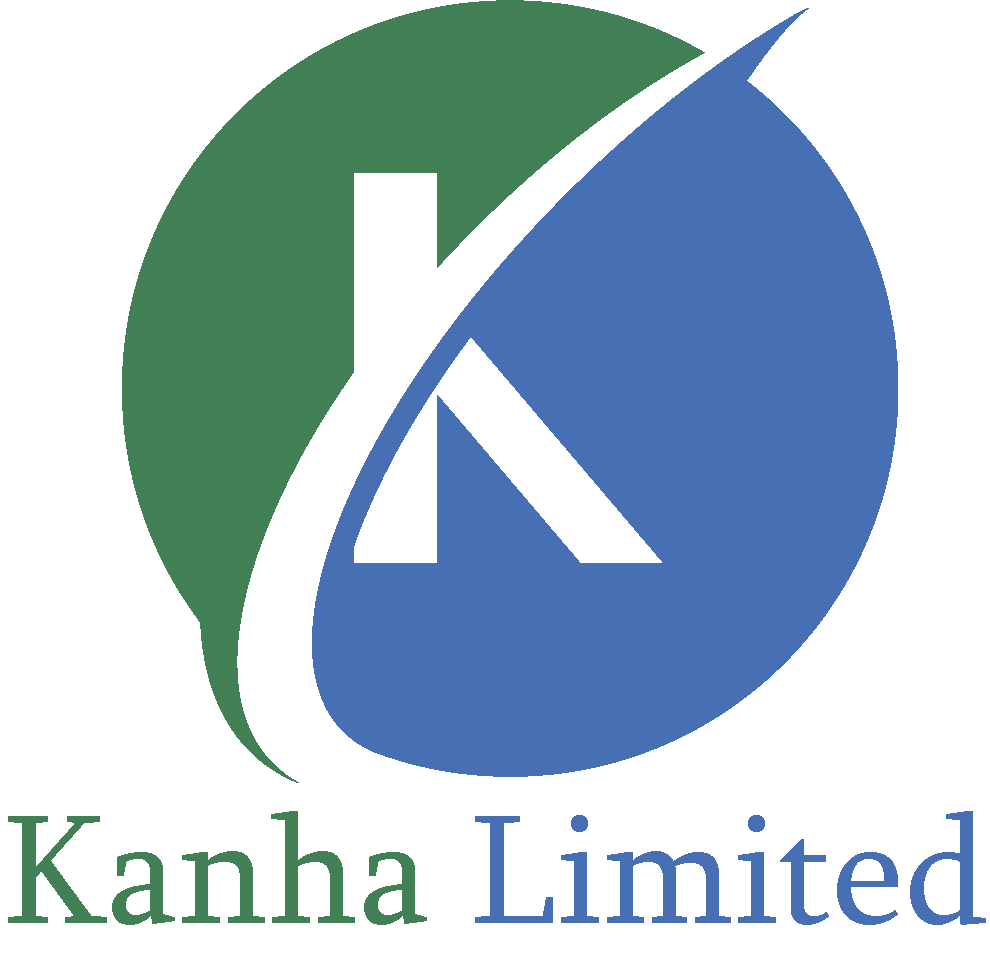Reference Listed Drugs
Kanha Limited
In the realm of pharmaceuticals, navigating through the plethora of drugs available can be overwhelming. Amidst this complexity, Reference Listed Drugs (RLDs) stand out as pivotal entities. RLDs serve as benchmarks for generic drug development and regulatory approval processes. Understanding their significance is crucial for both healthcare professionals and patients alike.


RLD's
Frequently Asked Questions
Reference Listed Drugs, commonly abbreviated as RLDs, are the original brand-name drugs that were initially approved by regulatory authorities such as the U.S. FDA or EU EMA or UK MHRA. These drugs serve as the standard against which generic versions, also known as Abbreviated New Drug Applications (ANDAs), are compared.
Ensuring Safety and Efficacy:
RLDs undergo extensive clinical trials to establish their safety and efficacy profiles. By referencing these drugs, generic manufacturers can leverage existing data, accelerating the approval process while maintaining high standards of safety and efficacy.
Cost Savings : Generic drugs typically cost significantly less than their brand-name counterparts. RLDs provide a benchmark for generic drug pricing, fostering competition in the pharmaceutical market and driving down healthcare costs for consumers.
Expanding Access to Medications : By expediting the approval of generic drugs through reference to RLDs, patients gain access to more affordable treatment options, promoting greater medication adherence and improved health outcomes.
When a pharmaceutical company develops a generic version of a drug, it must demonstrate that its product is bioequivalent to the RLD. Bioequivalence ensures that the generic drug performs in the same manner as the original brand-name drug, concerning factors such as dosage form, strength, route of administration, and intended use. By referencing the RLD, generic drug manufacturers can streamline the approval process, often resulting in lower costs for consumers.
While RLDs play a vital role in generic drug development and regulatory approval, several challenges and considerations warrant attention:
Patent Protection : Pharmaceutical companies often hold patents for RLDs, granting them exclusive rights to manufacture and sell the drug for a specified period. Generic manufacturers must navigate patent laws and regulations to bring their products to market after patent expiration.
Bioequivalence Testing : Demonstrating bioequivalence with the RLD requires meticulous testing and analysis. Variations in manufacturing processes or inactive ingredients can affect the performance of generic drugs, emphasizing the importance of rigorous testing protocols.
Safety Concerns : While generic drugs undergo thorough review processes, some patients and healthcare professionals may harbor concerns regarding their safety and efficacy compared to brand-name drugs. Education and awareness campaigns are essential to address these concerns and build trust in generic medications.
Regulatory agencies require generic drugs to be interchangeable with their respective RLDs, meaning they can be substituted for the brand-name drug without compromising efficacy or safety. This interchangeability is facilitated by the rigorous standards set forth by regulatory bodies, ensuring that generic drugs meet the same quality, safety, and efficacy standards as their reference counterparts.
